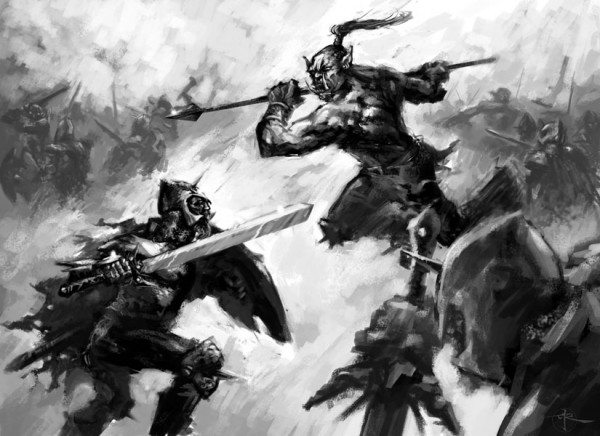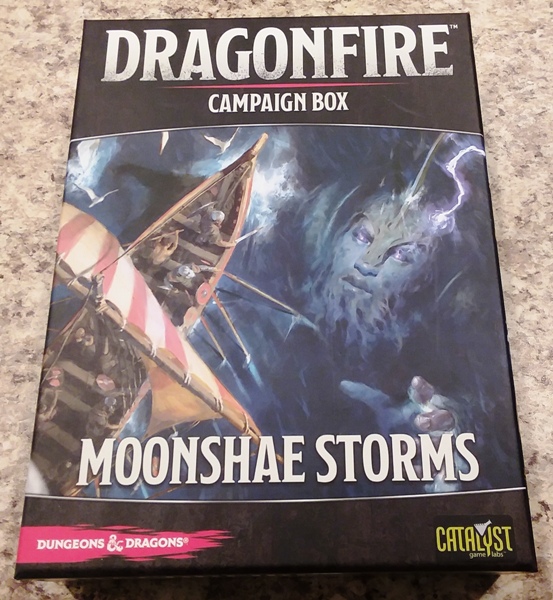The Perfect Fight (Part 1: An Introduction)
By The Warden
 Violence is by no means a beautiful event; nothing close to the delicate balancing act like the choreography of a dance we portray in fiction. As a fan of the action genre since I was a kid, I’ve always marvelled at fight sequences, shoot-outs, and car chases in films as sheer brilliant deliveries in planning and implementation. To make violence look truly stylish and magnificent without bringing any actual harm to the people involved is a difficult and typically under-appreciated task. That being said, I have no illusions about the impact of violence and would never want to be stuck in a situation where I have to defend myself against gunfire, and I certainly don’t want to get mixed up in a medieval battle (those never turned out well for the individuals involved and I’m kind of attached to my arms). Yet it doesn’t take long for my mind to wander into the land of imagination and picture myself as the diehard warrior fending off forces beyond count with ease, grace, and power.
Violence is by no means a beautiful event; nothing close to the delicate balancing act like the choreography of a dance we portray in fiction. As a fan of the action genre since I was a kid, I’ve always marvelled at fight sequences, shoot-outs, and car chases in films as sheer brilliant deliveries in planning and implementation. To make violence look truly stylish and magnificent without bringing any actual harm to the people involved is a difficult and typically under-appreciated task. That being said, I have no illusions about the impact of violence and would never want to be stuck in a situation where I have to defend myself against gunfire, and I certainly don’t want to get mixed up in a medieval battle (those never turned out well for the individuals involved and I’m kind of attached to my arms). Yet it doesn’t take long for my mind to wander into the land of imagination and picture myself as the diehard warrior fending off forces beyond count with ease, grace, and power.
It’s that level of coolness we attempt to portray with our characters in combat-heavy RPGs. Just as it is with film, books, and other forms of entertainment, we have an acceptable level of outcome with our action sequences and one of the core values of any combat RPG is to meet those expectations. Particularly combat duration, challenge, and survivability. When we drop dice for initiative in our favourite game, our mind clicks into a new phase and enters the mindset of a cold-blooded killer facing a charging horde of villains and monsters. We expect to survive, but with a few scrapes and bruises that will heal themselves up before we hit the staircase. A couple of our allies may need some extra healing and your GM will try to thwart your group’s usual approach with some flying creatures or grenades this time, but you know the lot of you will still walk through the door on the other end of the room and continue on your journey of exploration and conquest. And when we reach the top of the crumbling tower, we understand the risks will be greater. Maybe – just maybe – one of your allies will fall to his or her death, but that’s nothing a good resurrection can’t fix. When it all comes down to it, your characters will be back at the pub, drinking to your victory ’til dawn.
If that doesn’t happen, there are tempers and upset feelings. Something about the game is broken. You shouldn’t have died as quickly as you did and that grunt’s damage seemed a bit high considering your level. Plus the GM should have applied the +2 charge bonus when you leapt off the terrace onto the golem’s back because that’s how you interpreted the situation and the GM from your last campaign let you do it all the time. Now that you think about it, the cleric’s heal roll was a bit low. Her spells should be able to offer up more hit points next time, or maybe there should be a way that she can cast a single spell at the cost of two healing spells, allowing you to heal twice as much in one fell swoop. Finally, compounding matters into the ground, that resurrection cost, like, 5,000 gold. Isn’t that a bit steep? The next game better improve because you’re not fond of it right now.
It may be safe to say we’ve all dealt with someone in our gaming lives who felt this way after a fight. Or the finger may have to swing around and point at us. We expect an inherent level of safety in our fights and playtests the world over, dissecting the pace and impact of a developing game’s fight by tweaking and adjusting combat rules, hit points, and damage results until the mechanics reach that perfect balance of speed and thrill. To me, the idea of building the “perfect fight” feels a bit like the stock market. Everyone goes to great lengths to invest in the “sure deal” that can’t lose, yet all that information, projections, and negotiations ends up as nothing more than an educated gamble. If you lose money in a stock, you get upset with your broker and bitch to them on the phone. Their answer? The stock market is risky, bud. Didn’t you know that?
Over the past couple of weeks, while I’ve been dealing with other non-gaming (AKA boring) matters, I’ve been thinking about this particular topic long and hard. Not just because of this column, but because of my work developing an open combat management system using a realistic game as the basis. During these past fourteenish days, I’ve made a few notes and considerations to make this point with 1,500 words and I have to make a confession… I don’t think it can be done properly. Like the building of a combat management system, there are numerous and complex factors at play and none are more important than the other. In other words, we’re going to take the next few weeks to look at the effects of different aspects in RPG combat and how they all come together to build the perfect fight.
Which means today’s post is the introduction to this massive topic we call combat management. Let’s take a look at the topics we’ll dive into over the next four weeks, shall we?
CHALLENGE
This one aspect alone could end up dividing into two weeks. Combat challenge reveals itself in so many components of a fight, from enemies to defence, it all comes down to how difficult a fight feels on its players. It’s the game designers’ first consideration and the players’ last impression, which is why we’re going to look at the role of a fight’s overall challenge first rather than save it for the end. This is a game design column, people, not a playing column.
DURATION
Whenever I play D&D (any edition), I can pretty much rely on the fight lasting 7-8 rounds and when the DM announces the round number by moving that little arrow to the start of the initiative board, it’s a countdown to the end of the fight. Anything less and it’s a simple fight. Anything more and it’s considered crazy difficult. The fight’s duration factors on numerous possibilities and any of them can be shifted to extend or shorten its time in the spotlight with the slightest wave of the designer’s hand, so why does the number of rounds in a fight weigh so heavily in our minds?
DAMAGE
Perhaps nothing measures your character’s awesomeness than the amount of damage caused and/or the amount of damage shrugged off. It’s something we looked at back in October of last year, but this foray into damage’s impact will look at the construction of damage output for the purpose of creating an overall combat management system.
SURVIVABILITY
Your character can’t appreciate a good fight if they’re dead (unless your game has a rewarding afterlife mythology placing your character’s spirit at the best seat in the house) and it’s really awkward to ask your friends to drag your corpse around the rest of the dungeon or battlefield until a decent healer shows up. What’s the point of fighting the good fight if you’re not going to live to collect the XP, right? This final chapter of the combat analysis will look at the ultimate verdict of combat success – do the characters stand a viable chance of surviving to the end of the fight?
So stay tuned, fair readers. It’s going to be a long and bumpy ride. Everyone starts out with 30 hit points and a +2 bonus to your Endurance rolls when we meet up again next week.

